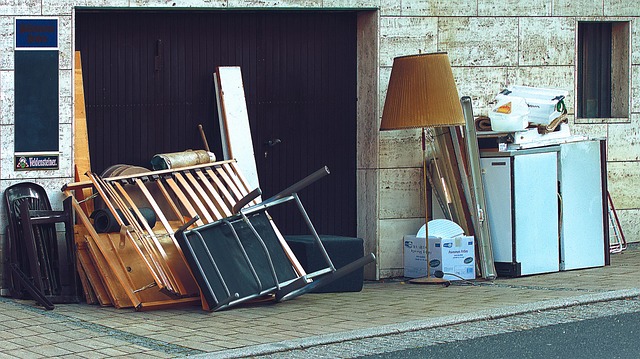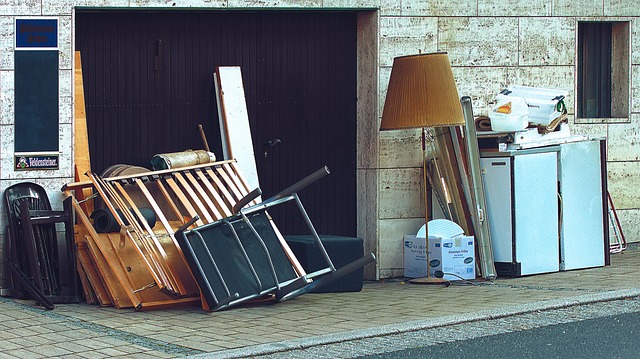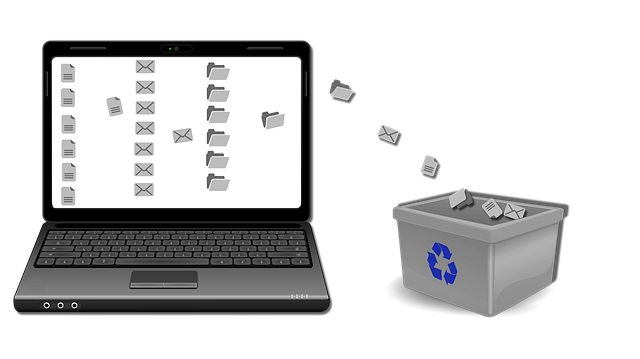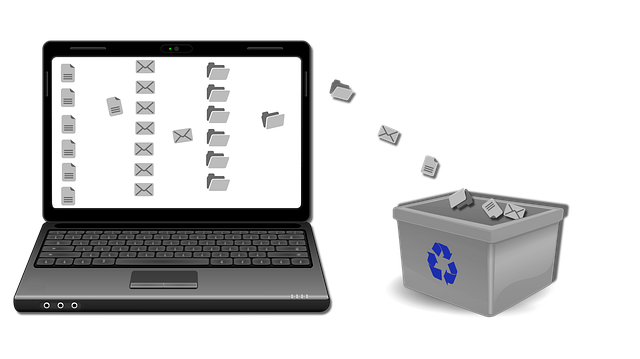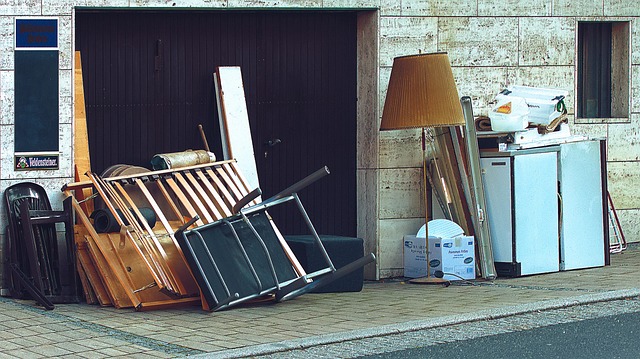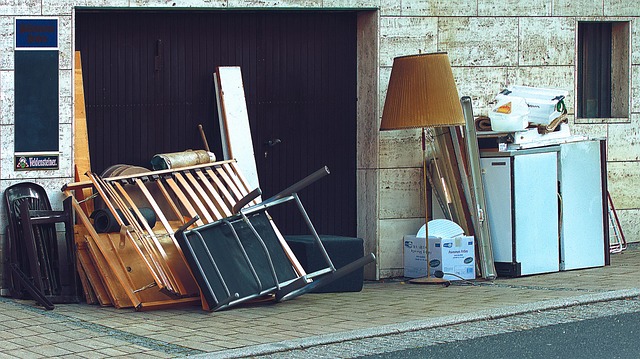Home organization and decluttering are essential for tackling chaos in living spaces, addressing roots like lack of storage, impulsive purchases, or emotional attachments. Identifying patterns of clutter, developing personalized strategies (e.g., zones, mindful shopping), and understanding psychological factors contribute to transforming disarray into calm, functional areas that support productivity, relaxation, and well-being.
Taming chaos in your living spaces is a journey towards achieving organized, serene homes. This article guides you through understanding the roots of disorganization—from recognizing clutter patterns and psychological factors to environmental influences. We explore effective strategies like the KonMari method, 50/30/20 rule, and storage hacks for sustainable organization. Additionally, learn long-term habits for regular maintenance, mindful consumption, and adapting organizational techniques as your life evolves, ensuring a perpetually tidy home.
- Understanding the Chaos: Identifying the Roots of Disorganization
- – Recognizing patterns of clutter and disarray
- – Psychological factors contributing to chaos
Understanding the Chaos: Identifying the Roots of Disorganization
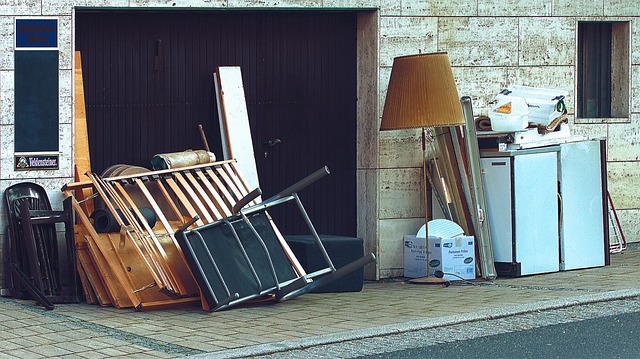
Unraveling the complexities of a chaotic space begins with understanding its roots. Home organization and decluttering are not merely about aesthetics; they are essential tools for mental clarity and efficient living. Often, disorganization creeps in due to a buildup of items—clutter—that have found their way into our spaces over time. This clutter can result from various factors: a lack of designated storage, poor decision-making regarding purchases, or even emotional attachment to items that serve no purpose. Identifying these sources is the first step towards transforming chaos into calm.
By pinpointing where and why things become disarrayed, individuals can implement tailored strategies. For instance, creating designated zones for specific items—a place for everything and everything in its place—can prevent future clutter accumulation. Additionally, adopting a mindful approach to purchasing, considering the long-term impact on space and life, is a game-changer. Ultimately, understanding the chaos paves the way for designing organized living spaces that support productivity, relaxation, and overall well-being.
– Recognizing patterns of clutter and disarray
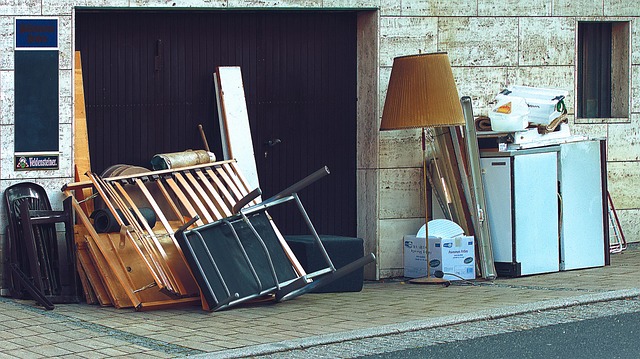
Many people struggle with a sense of chaos in their living spaces, often characterized by clutter and disarray. The first step in taming this chaos is recognizing recurring patterns. Take time to observe your space and identify areas that consistently accumulate items or seem difficult to keep organized. This might include entryways, countertops, or certain types of rooms like kitchens or offices. Once these patterns are identified, you can begin to address the underlying reasons for the clutter, whether it’s a lack of proper storage solutions or an influx of unnecessary items.
Home organization and decluttering start with understanding your personal habits and preferences. Are there specific items that continually find their way onto surfaces or into piles? By identifying these triggers, you can develop tailored strategies to keep your space neat and tidy. Whether it involves implementing practical storage systems, adopting a more mindful approach to shopping, or creating designated zones for different item types, recognizing patterns is the key to transforming chaotic spaces into calm, functional areas.
– Psychological factors contributing to chaos
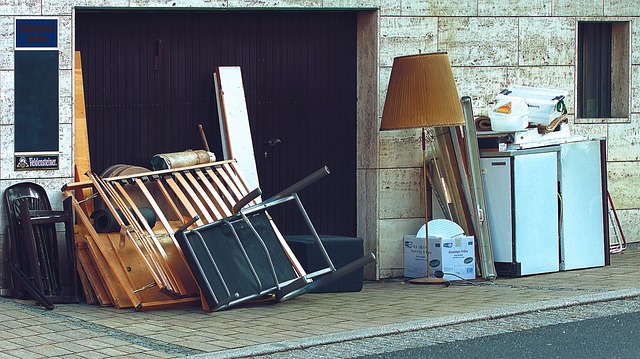
Many times, the state of our living spaces reflects the state of our minds. Psychological factors play a significant role in creating and perpetuating chaos. Cluttered environments can stem from emotional attachment to possessions, where letting go feels difficult or even daunting. This sentiment is often tied to fear—fear of loss, change, or regret. Additionally, unorganized spaces may result from avoidance behaviors; some individuals might procrastinate on decluttering due to feeling overwhelmed, leading to a buildup of disarray over time.
Home organization and decluttering become essential tools for addressing these psychological barriers. The process provides an opportunity for introspection and emotional healing. By creating order in our surroundings, we can indirectly cultivate a sense of calm and control in our lives. It’s about transforming the chaos into a peaceful sanctuary where every item has its place, both physically and emotionally.
Taming chaos and embracing organized living spaces is a journey that begins with self-awareness. By understanding the patterns of clutter and the psychological roots of disorganization, we can take meaningful steps towards creating harmonious homes. Home organization and decluttering are not just about aesthetics; they are powerful tools for improving mental clarity and overall well-being. Embrace the process, let go of excess, and watch as your living spaces transform into serene sanctuaries where order meets tranquility.
